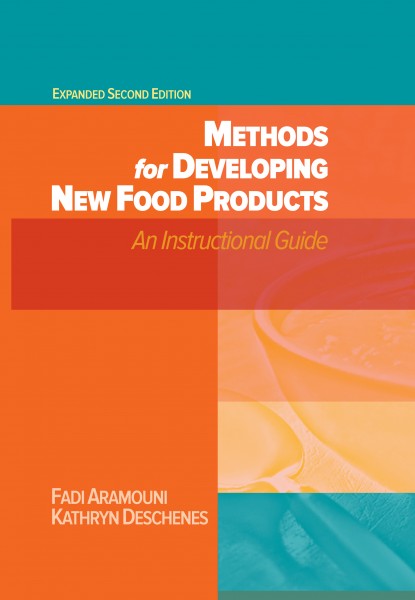As the food industry looks for ways to curb outbreaks, a new study from University of Notre Dame, South Bend, Ind., finds that just being able to trace a product through its supply chain is at once critical and difficult.
The study, “Tracing Bad Products in Supply Chains,” published in the Journal of Business Logistics by Kaitlin Wowak, assistant professor of management at Notre Dame’s Mendoza College of Business, supports the need to manage traceability from a nuanced approach.
“Our study reveals that traceability is hindered by three things—time pressures, supply chain permeation and product characteristics that create confusion about what to trace,” Wowak says. “We suggest ways firms can overcome these barriers, enhancing their ability to identify and recall tainted products.”
Wowak says traceability should be managed differently depending on the product’s perishability.
“Our research reveals a downside to supply chain initiatives that stress pushing products to market too quickly. Thus, firms should consider adopting different traceability requirements for fast-flowing products,” she says. “Federal regulations mandate that firms have traceability one step up and down the chain. However, this may not be sufficient for perishable products that flow quickly, such as fresh strawberries or dairy products. If firms develop traceability two or three steps up and down the chain, they may have access to more information, which could help the product and information flow in unison and mitigate information gaps, which are particularly detrimental during product recalls.”
Also, Wowak says, product ID changes due to product blending can distort information, making traceability more difficult.
“Product blending is when you physically mix raw ingredients to produce a product. Take salsa, for example. [The] tomatoes and jalapeño peppers each come in with separate IDs. We mix them together and we get a new ID. The new ID is what hinders traceability. Firms should consider giving products that are blended or co-mingled a new ‘nickname,’” she says. “This would allow the original ID to follow the product down the chain and reduce the extent to which information is distorted. If peanut products that used ingredients from Peanut Corporation of America were given a nickname, for example, companies may have been able to locate contaminated products faster during the 2008 deadly salmonella outbreak.”
Co-authors on the paper include Christopher Craighead of the University of Tennessee, Knoxville, Tenn., and David Ketchen Jr. of Auburn University, Auburn, Ala.









